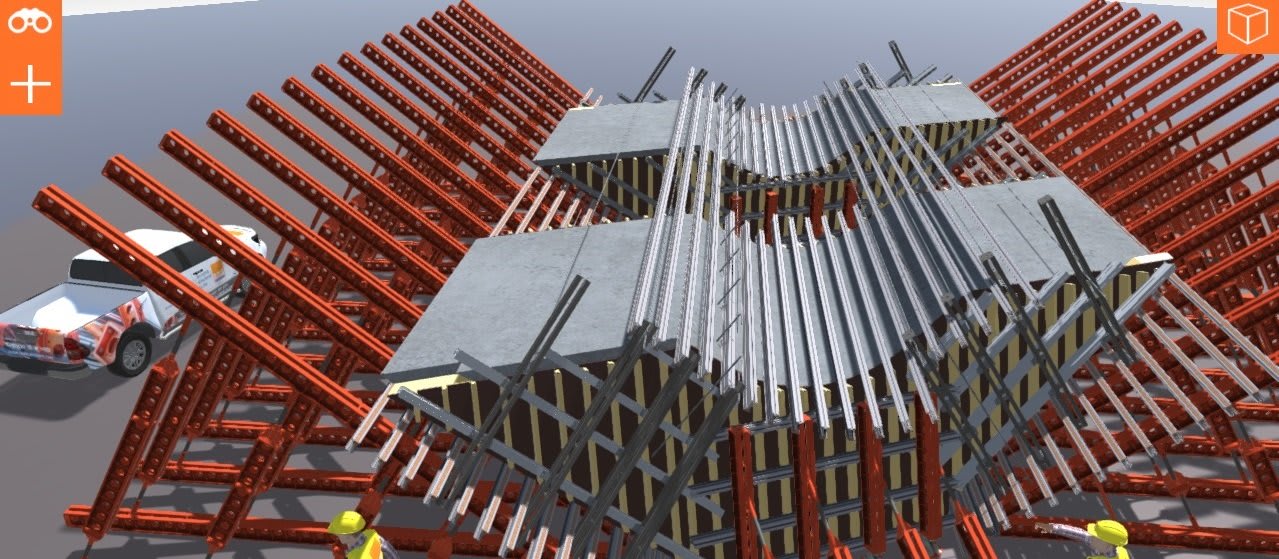RMD Kwikform helped to solve issues on the complex construction of a bypass bridge in Cambridgeshire by 3D printing a visualisation of its planned solution.
RMD Kwikform and formwork contractor Sword Construction worked with main contractor VolkerFitzpatrick to build a 300m-long bypass viaduct which crosses the river Great Ouse to relieve congestion on the A142 near Ely.
The viaduct was the first UK project to use offset V-shaped piers, which created some unique challenges, one of which was constructing their foundations, RMD Kwikform said.
The section across the Great Ouse is supported by two of these piers, one at either side of the river, which are supported by foundations stretching into the water.
Each pier sits on a piled foundation, placed within a cofferdam that stretches out into the river itself. But during the planning phase, VolkerFitzpatrick identified that the loads to be placed on the cofferdam base slab would be too heavy for the ground conditions to support.
RMD Kwikform used its newly launched visualisation tool, LocusEye, to tackle the challenge. This allowed the team to visualise the solution with VolkerFitzpatrick and Sword rectifying any potential issues ahead of time, as well as allowing engineers to better understand the tolerances and the movement of equipment.

A LocusEye render of the v-shaped piers
Due to the viaduct’s very complicated geometric structure, which proved difficult to model accurately in two dimensions, RMD Kwikform created more than 120 different drawings to highlight the varying dimensions and curvature of the structure, which led to the creation of a 3D-printed model.
Ian Hawkesford, engineer at RMD Kwikform, said: “One of the biggest challenges was forming the piers, due to the offset nature of each side of the ‘V’, the stop ends are not perpendicular to the main formwork, which creates issues when it comes to tying the stop ends in place.
Two separate pours
“With each pier being built within a cofferdam, space was always at a premium. During discussions aimed at reducing load pressures on the cofferdam, we came to the conclusion that the best solution was to pour the V piers in two separate pours.
“Tying through the face of the structure wasn’t permitted and was not possible on the internal faces; so, conducting two separate pours allowed us to keep the amount of propping to a minimum within the footprint of the cofferdam.”
Luke Daley, contract manager for Sword Construction UK, added: “The V piers are very unusual and challenging, but RMD Kwikform has shown its expertise in developing a solution for the safe construction of the V Piers and bridge. RMD Kwikform has had an extremely high level of engineering input into the project, with the team performing regular site visits to support.
“In addition, RMD Kwikform developed special formwork to expand the capabilities of the Superslim Soldiers. The special equipment included a curved soldier for the base of the V Pier, angled brackets for access and angled wedges for the stop end shutters.”











